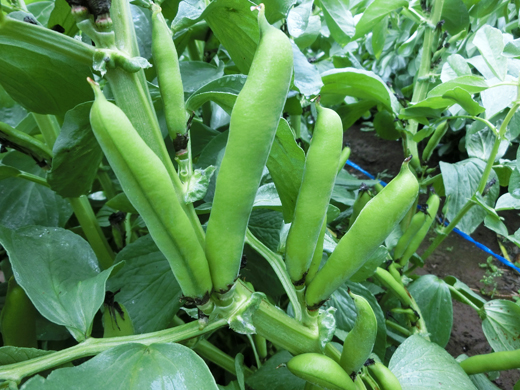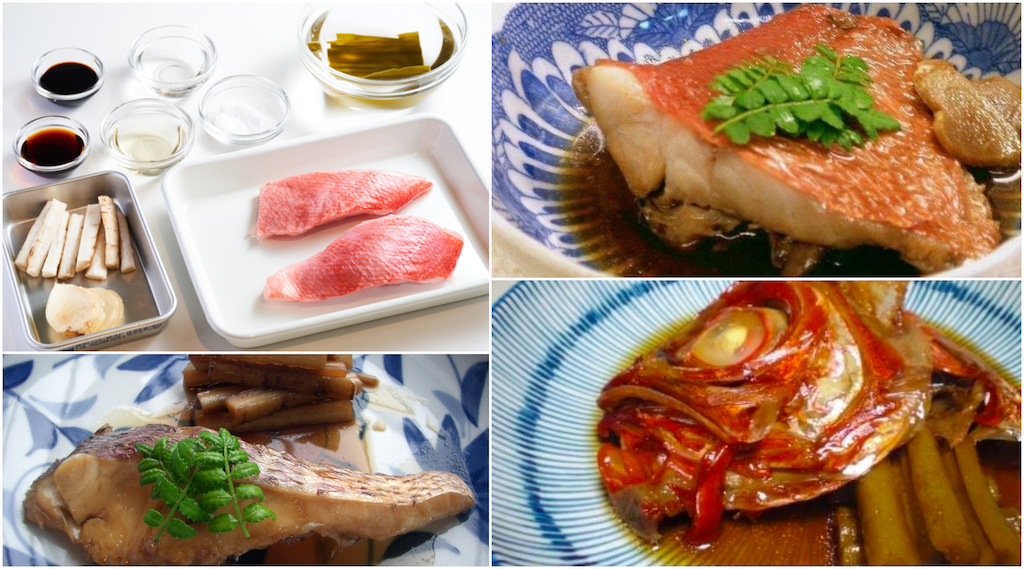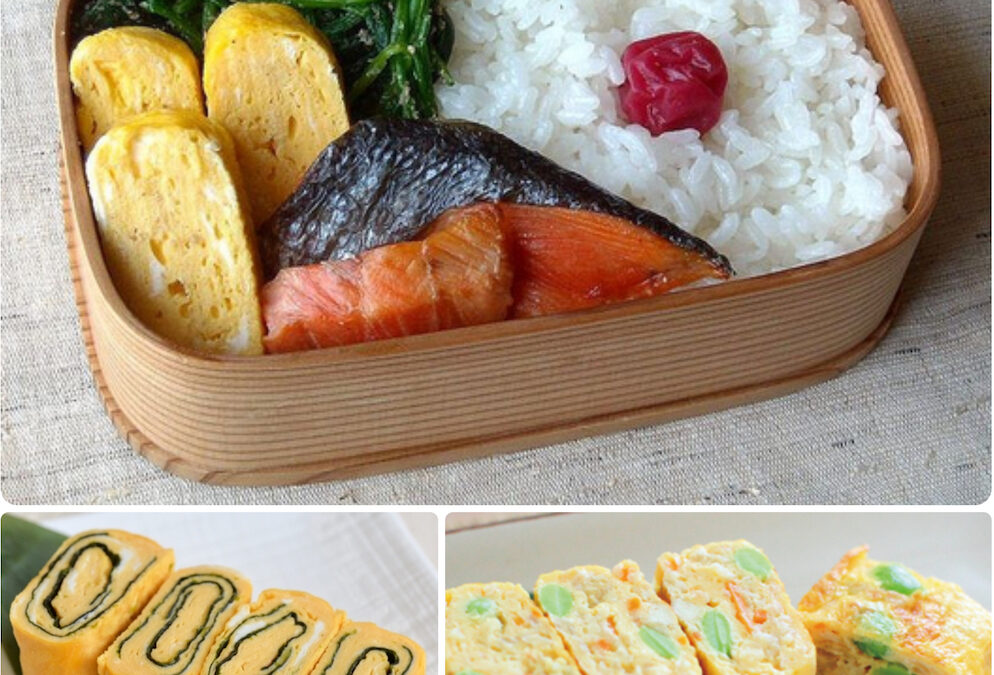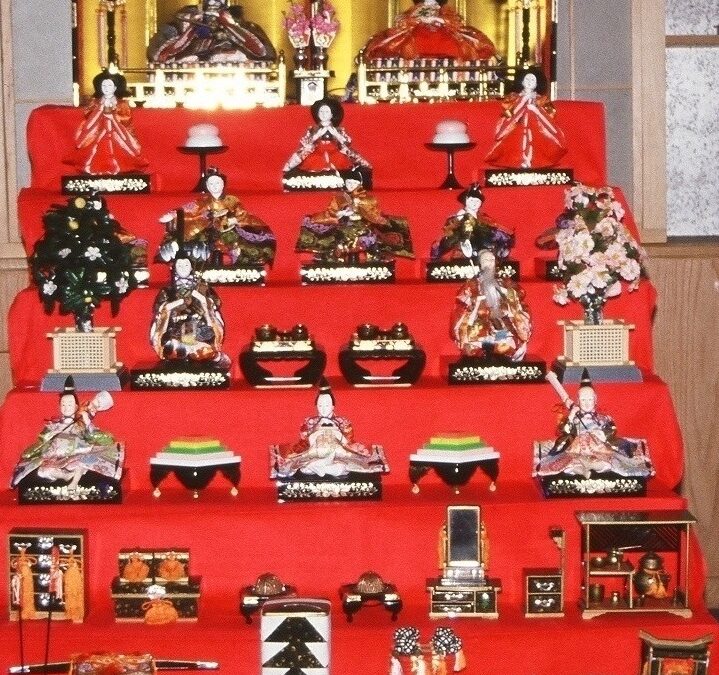
by Elizabeth Andoh | Apr 22, 2020 | Recipes, Spring
Fava Beans: Sora Mamé そら豆 (Fava beans have been part of the eastern Mediterranean diet (Egypt, Greece, Italy) for at least 4000 years. There are stories of monks from India traveling through China who brought fava beans to Japan in the Nara Period (710-794...

by Elizabeth Andoh | Apr 12, 2020 | Recipes, Spring
Gingery Soy-Stewed Red Snapper, several versions 金目鯛の煮付 KINMEDAI no NITSUKÉ Nitsuké-style stewed fish is especially flavorful when cooked bone-in. In addition to slices with skin and bone intact, various fish parts including heads, and collars are delicious prepared...

by Elizabeth Andoh | Apr 2, 2020 | Spring
Making bale-shaped rice logs 俵型 TAWARA-GATA The Japanese often serve cooked rice at room temperature, packing it in obentō lunch boxes, or making it part of a buffet-like spread to feed a large crowd. At such times, the cooked rice is likely to be pressed, by hand or...

by Elizabeth Andoh | Mar 22, 2020 | Recipes, Spring
Thick Rolled Omelet Atsu Tamago Yaki厚玉子焼き A classic in the washoku kitchen, thick, rolled omelets are made by cooking a seasoned egg mixture, layer by layer, in a pan – preferably a square or rectangular-shaped one. In and around Tokyo, the egg mixture is rather...

by Elizabeth Andoh | Mar 12, 2020 | Recipes, Spring
Sa = sato (sugar); saké also begins with “sa”; Shi = shio (salt); Su = su (vinegar); Sé = sé is currently pronounced shō and stands for shōyu or soy sauce; So = miso The Japanese Culinary “Alphabet” To maximize flavor and achieve tenderness with minimal...

by Elizabeth Andoh | Mar 2, 2020 | Spring
The Andoh Family’s full set of HINA NINGYŌ Just off camera is a wind-up music box that plays Ureshi Hina Matsuri うれしひな祭り. Download a chart explaining each of the dolls, and words to the song. 雛祭り Hina Matsuri Doll’s Day For ancient agrarian societies,...







